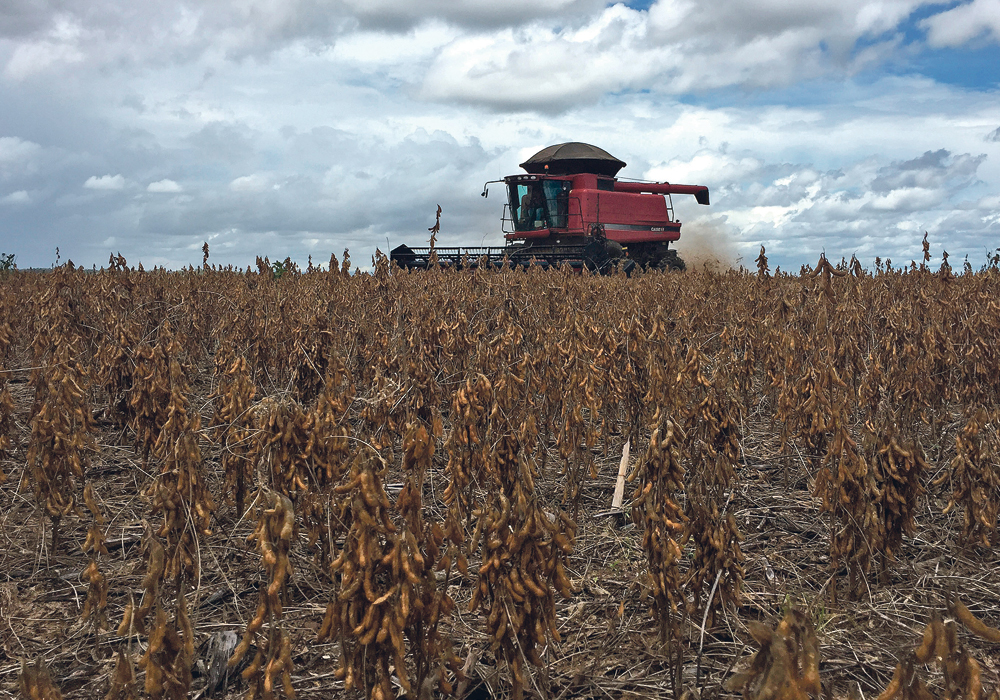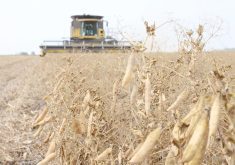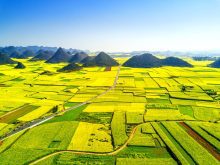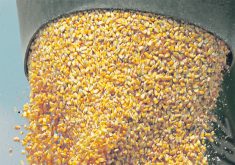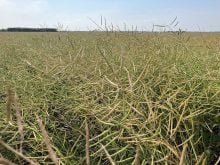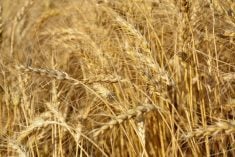Dry weather has set back the country’s soybeans with some analysts forecasting a crop as small as 96 million tonnes
Analysts are casting doubt on the Brazilian government’s soybean production estimate.
Conab, the government’s food supply and statistics agency, recently issued a forecast for 118.8 million tonnes of production, only slightly smaller than last year’s record 119.4 million tonnes.
The forecast put a damper on the soybean market, which was expecting a much bigger decline due to dry conditions in December.
Michael Cordonnier, president of Soybean & Corn Advisor, said the Conab data is two weeks old.
“They’re always behind the curve, especially when everything is changing very quickly,” he said.
Read Also
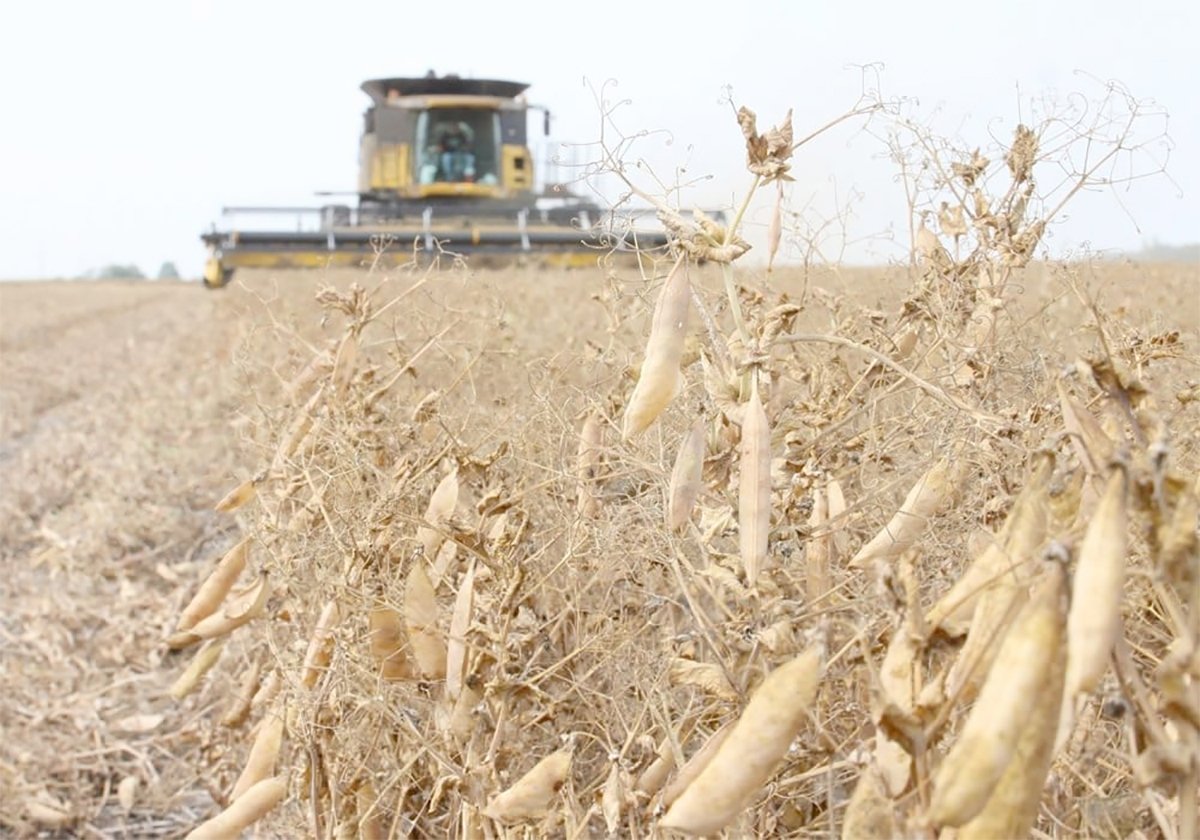
Chinese, Indian tariffs take toll on pea prices
The disruption of pea exports from Canada’s largest customers will likely result in slow pea exports for the remainder of the crop year.
He has seen private company estimates out of Brazil ranging from 110 million tonnes to 118 million tonnes.
Cordonnier is at 116 million tonnes with a considerable downside bias.
At the end of November everything was looking fantastic in Brazil.
“There were some people (forecasting) up to 130 million tonnes, saying this is the greatest crop ever,” he said.
But then there was an abrupt change.
Drew Lerner, president of World Weather Inc., said the first three weeks of December saw poor rainfall distribution in southwestern Brazil in states like Mato Grosso do Sul, Parana and Sao Paulo.
It became dry just when a lot of the crop was in the pod-setting and pod-filling stage of development.
“We have a customer in that area and he reported to us right away that he had already lost 15 to 20 percent of his crop,” said Lerner.
The south received some precipitation over the Christmas and New Year’s period but conditions are once again deteriorating, placing crops in sandy soils under duress.
“There will be some additional losses,” said Lerner.
Cordonnier said Brazil’s soybean crop got in the ground early and is two weeks ahead of normal development.
Yield losses for some of the earliest seeded soybeans could range from five to 30 percent.
He is most concerned about crops in central Brazil where it has been hot and dry.
There is not much rain in the forecast for central Brazil where crops can go south in a hurry compared to somewhere like Iowa.
“The soils don’t hold water very good, the temperatures are very hot, the solar radiation is much, much more intense, so you go downhill quicker,” said Cordonnier.
“A soybean crop in central Brazil can go from fine to wilted in four or five days because the soils don’t hold water very well, so the crop is at risk.”
That’s why there are some forecasts calling for a Brazilian soybean crop as small as 96 million tonnes, which would be a real market mover.
But any price rally would be limited by last year’s oppressive carryout and the U.S. trade war with China that has limited U.S. exports to China to about five million tonnes compared to the usual 25 million tonnes for this time of year.
“That is a lid on the market without a doubt,” he said.
A lot of analysts are also starting to get concerned about Brazil’s second (safrinha) corn crop, which accounts for about 70 percent of the country’s total production.
They are worried the rainy season will end poorly and the rains won’t return in March and April when the crop is in the pollinating and grain filling stage of development.
“If that turns out to be the case then the safrinha corn is in big trouble,” said Cordonnier.
Brazil is the world’s second-largest corn exporter and almost all of the exportable supplies come from the safrinha crop.
Lerner believes there will not be adequate moisture for germination and emergence of the crop.
“It may be a real uneven, slow, early start to that crop,” he said.
World Weather Inc. forecasts that Brazil will work its way out of the dry bias in late-January and early-February with some light showers and then return to normal rainfall by mid- to late-February.
The rains should arrive before reproduction and put the corn crop in a good position to recover from the rough start.


